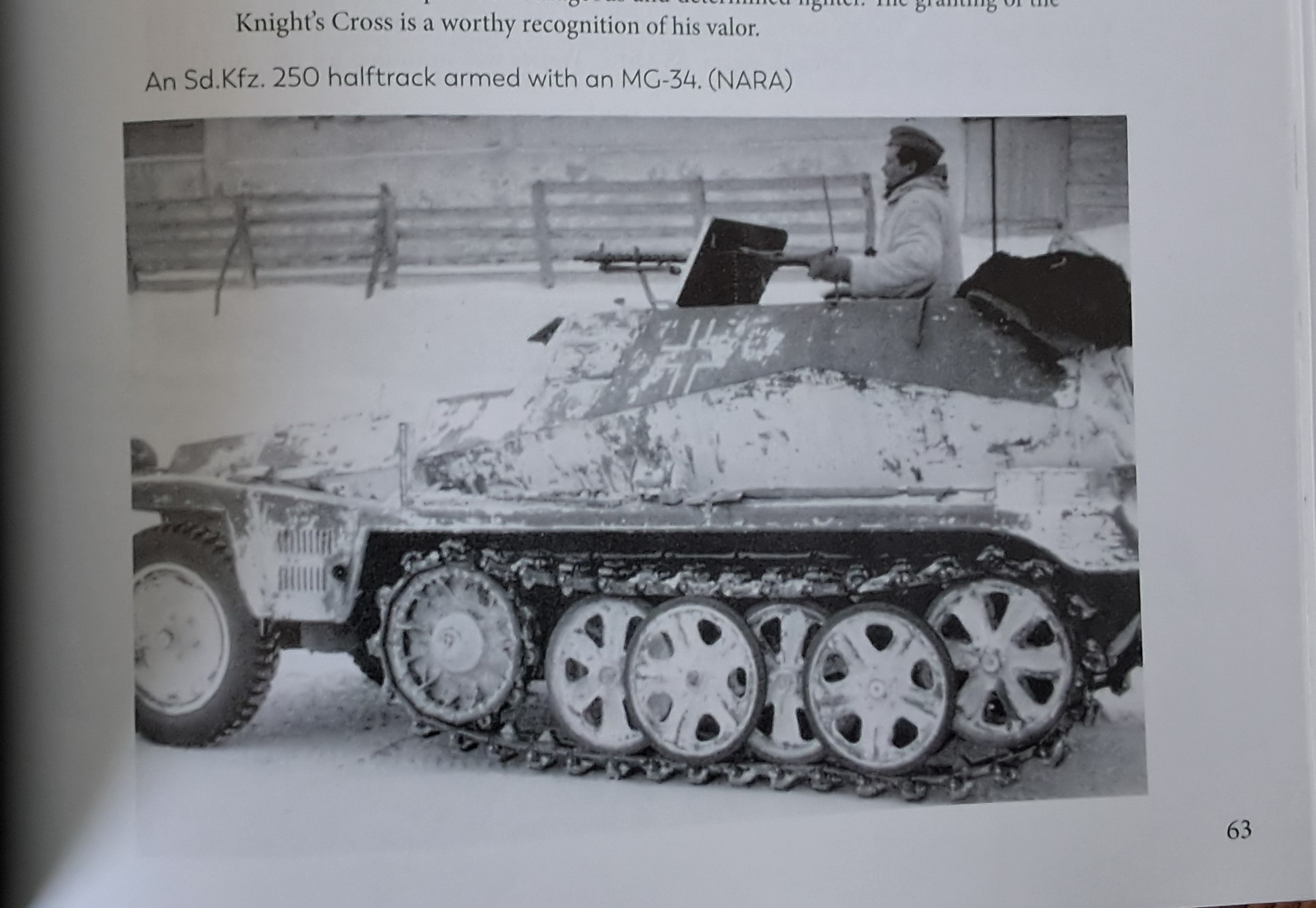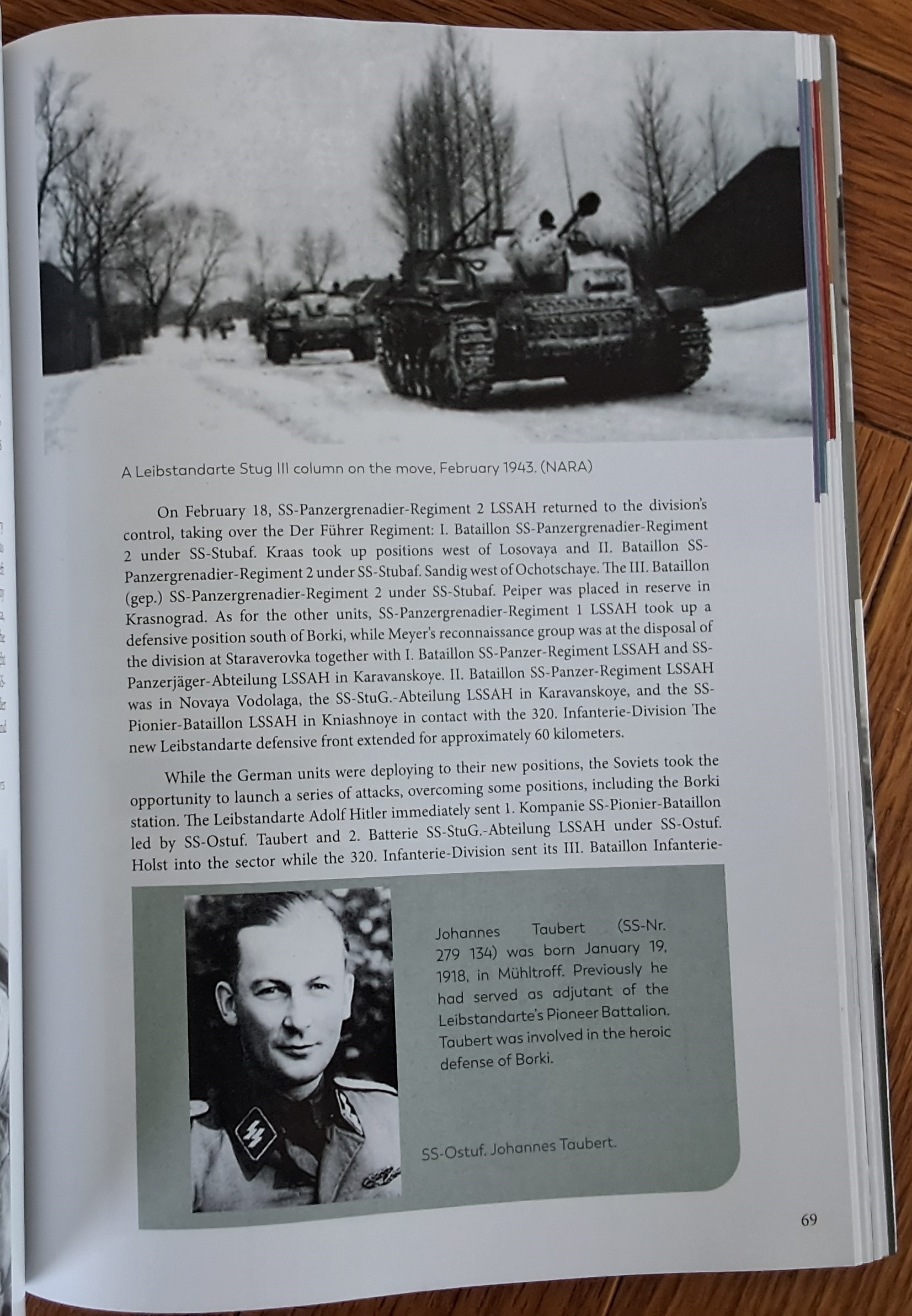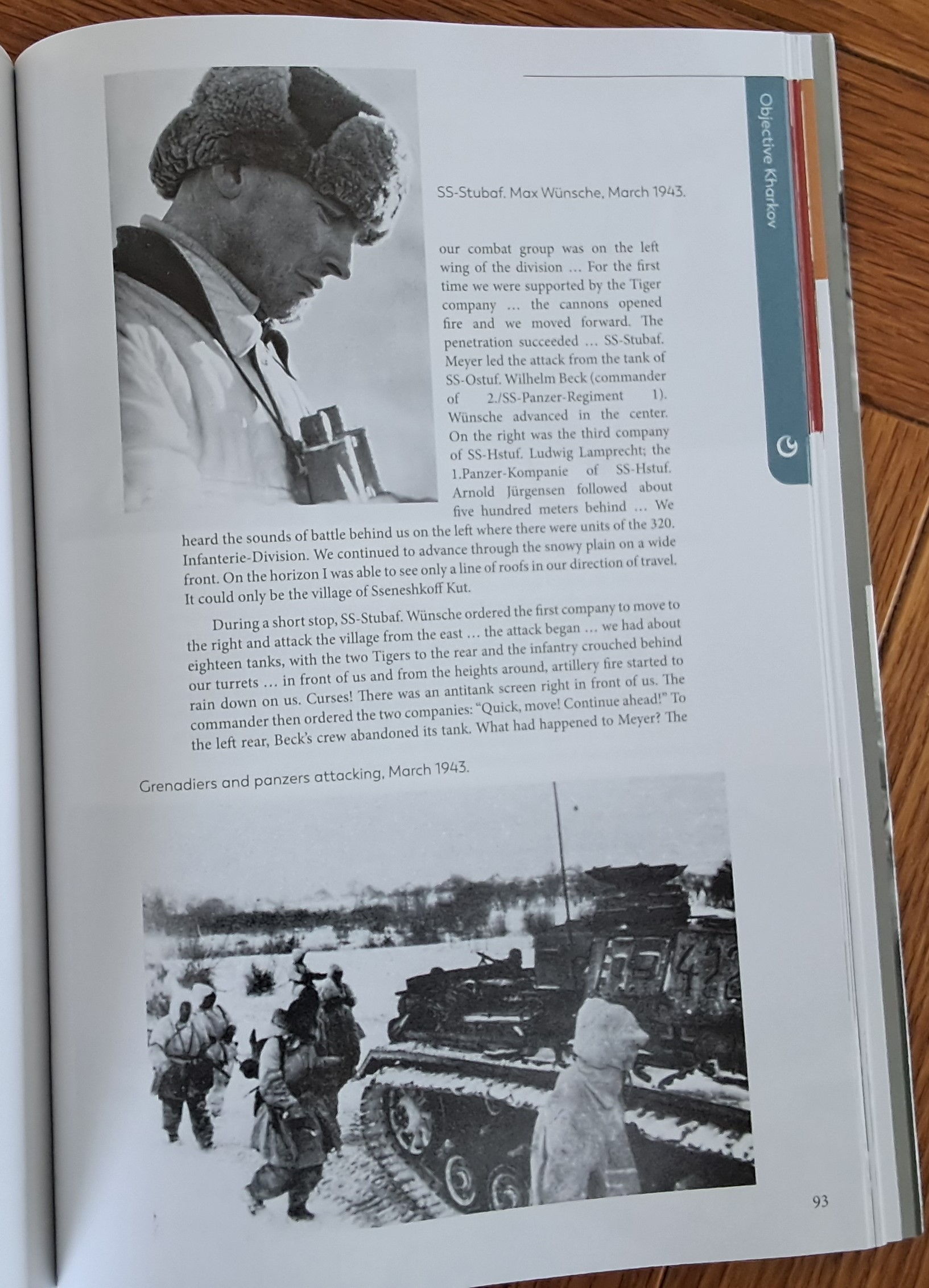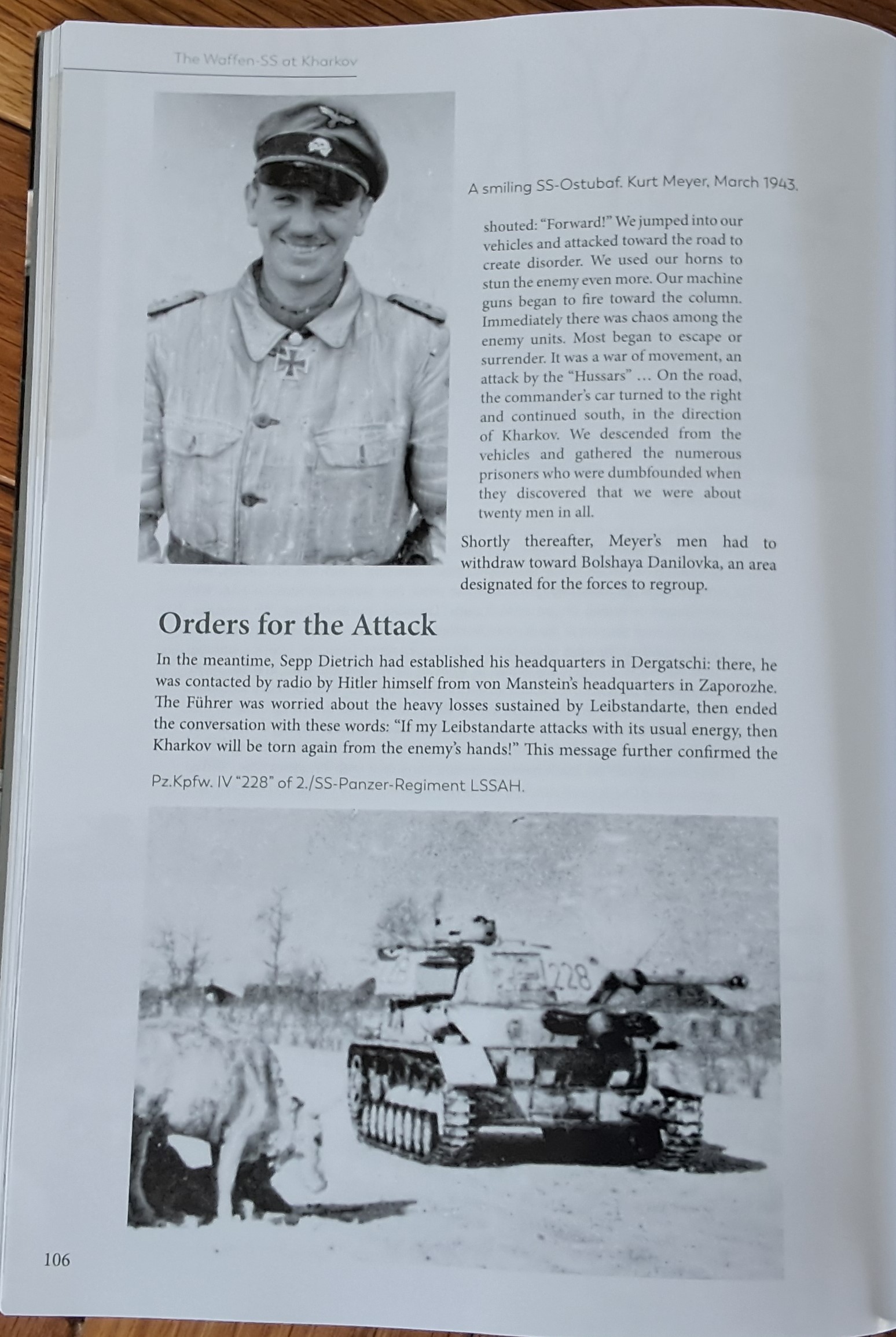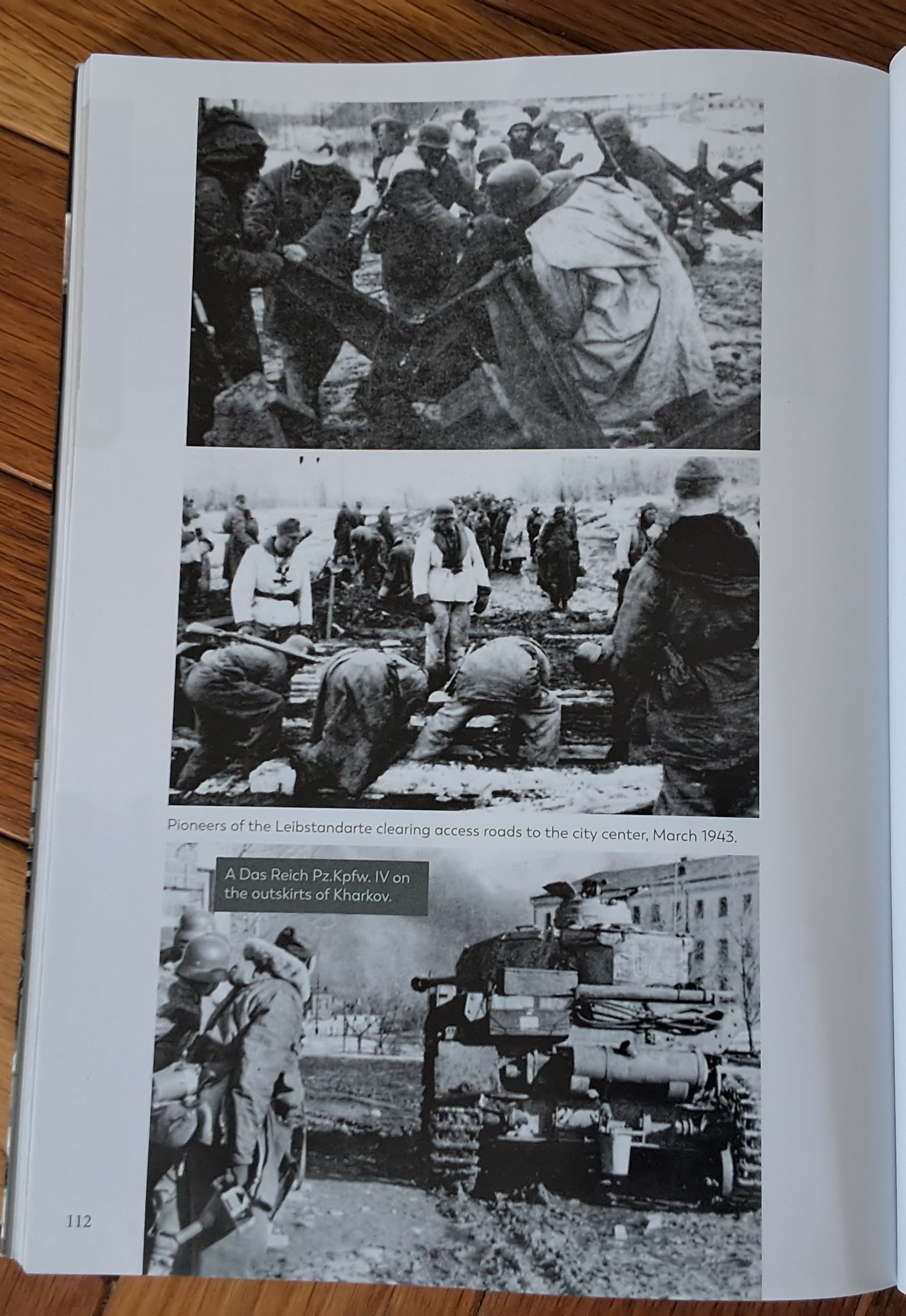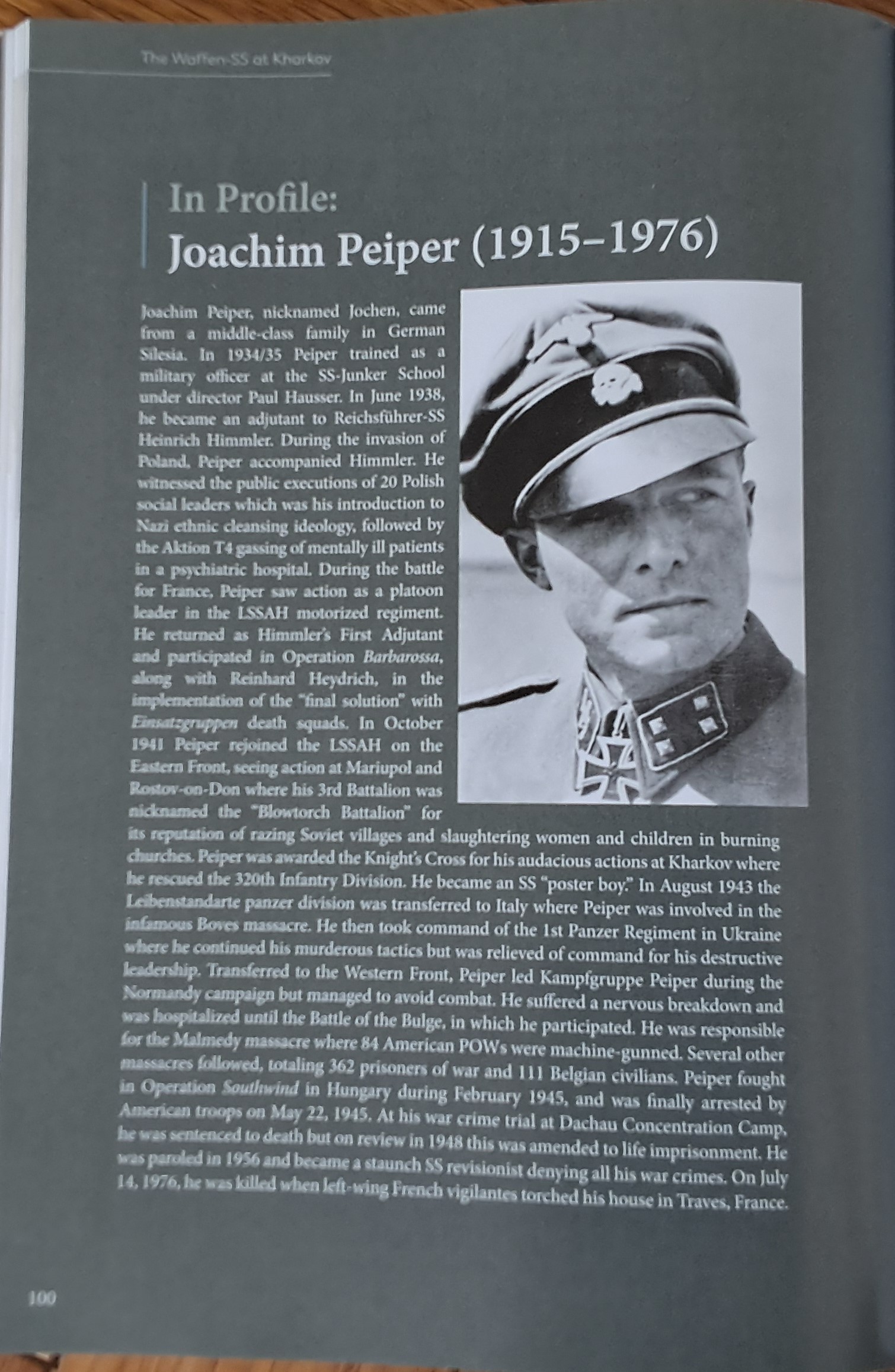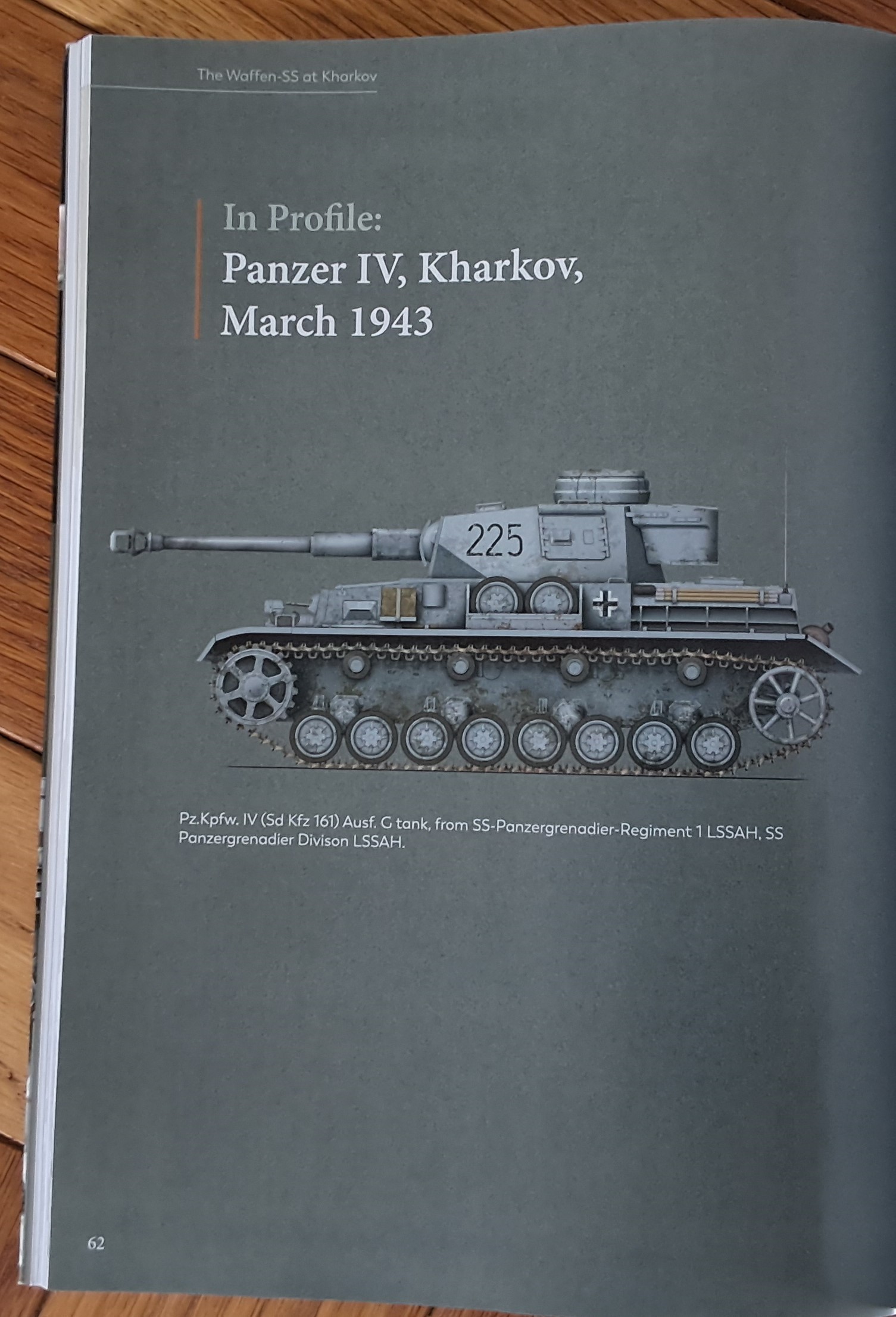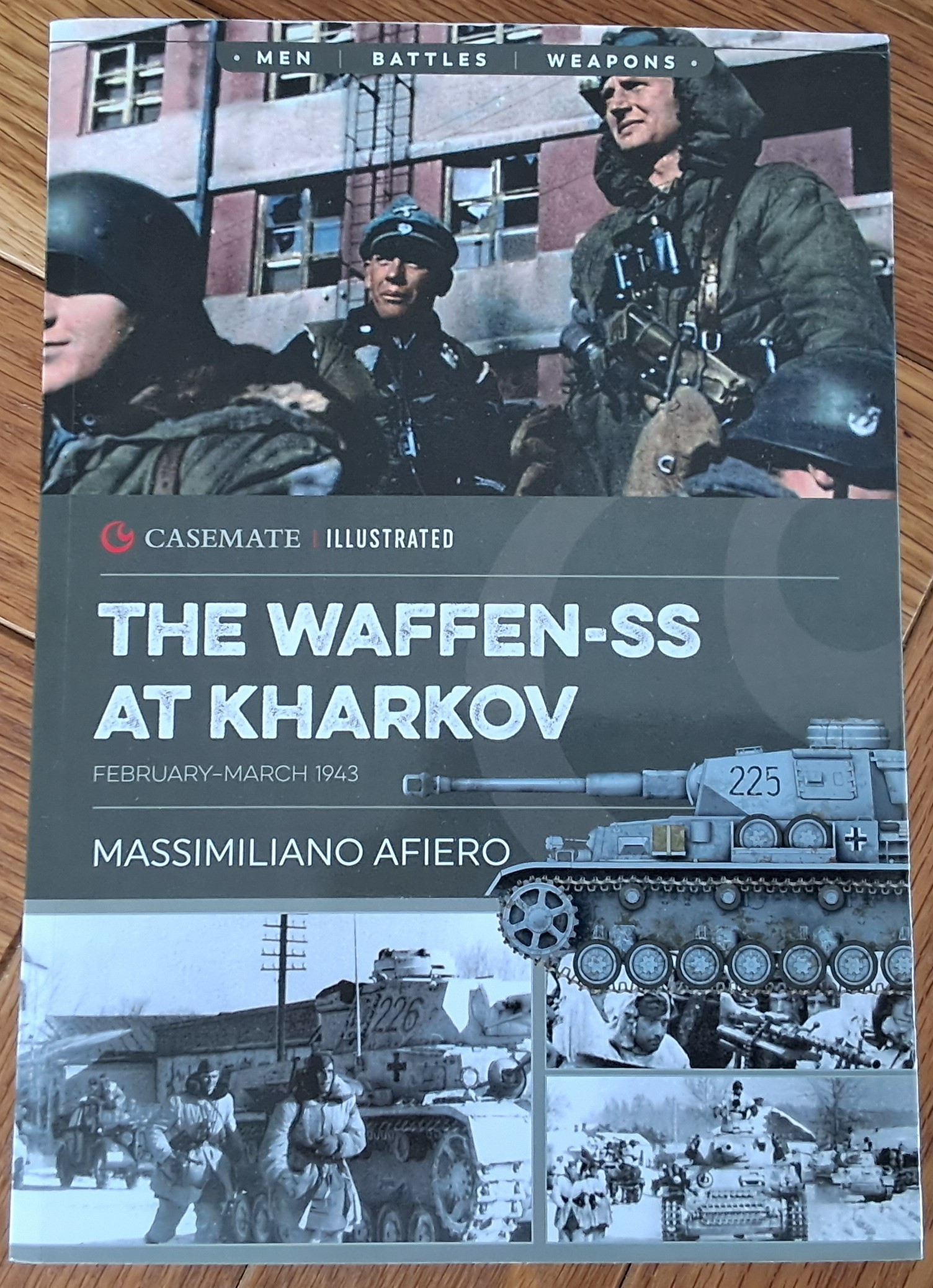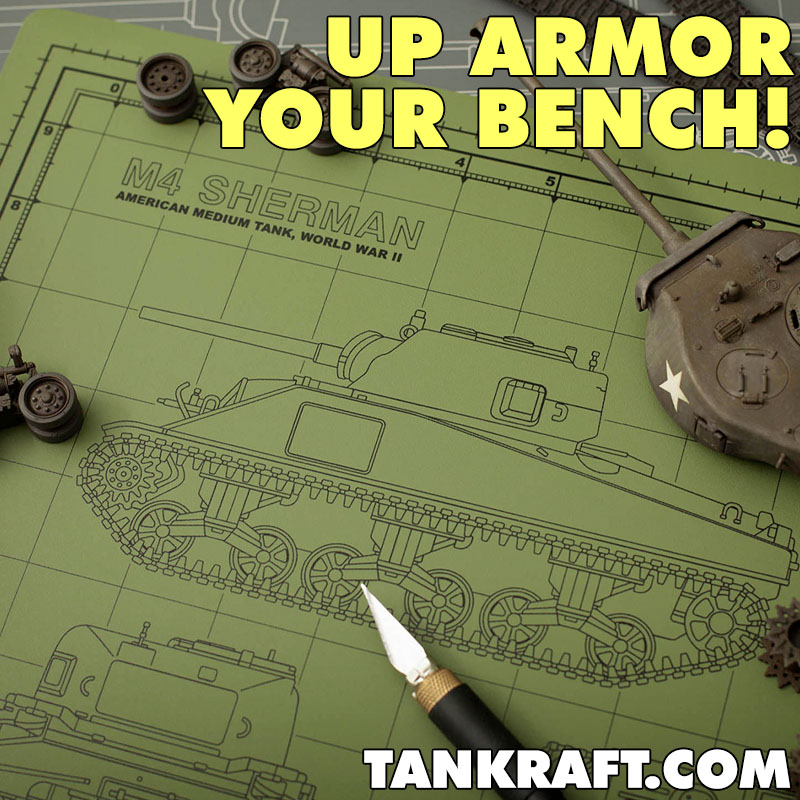From the publishers:
At the beginning of 1943, the German armed forces were in crisis on the southern front in Russia. The Soviets had launched a series of offensives from November 1942 that pushed the Germans back hundreds of kilometers. The Germans had no more significant reserves available, and enormous breaches had opened between defensive lines. In early January 1943, the Soviets attacked again, with the aim of reconquering the industrial city of Kharkov and destroying the remaining German and Axis troops in southern Ukraine, including the 4. Panzerarmee, 1. Panzerarmee, Armeeabteilung Hollidt and Armeeabteilung Fretter‐Pico.
After the encirclement of 6. Armee at Stalingrad and the destruction of the Axis forces there, the loss of these four armies would certainly have led to German defeat on the Eastern Front. Believing victory was near, Stalin and his generals decided to launch their new offensives even before the garrison of Stalingrad surrendered. The main effort fell on Army Group Don, newly formed and with little forces available. Facing a massive offensive, Commander Erich von Manstein was ordered to hold the city at any cost, risking the destruction of two divisions of the Waffen‐SS and the “Grossdeutschland” army division. SS Panzer Corps commander Paul Hausser disobeyed Hitler’s order and ordered the retreat from Kharkov, saving the two SS divisions. This meant that Manstein had at his disposal forces needed to launch his counteroffensive.
The subsequent battles for Kharkov saw the three divisions of the Waffen‐SS—Leibstandarte Adolf Hitler, Das Reich and Totenkopf— fighting together for the first time. In the first phase of the offensive, the SS Das Reich and Totenkopf marched 100 kilometers south of Kharkov, blocking the Soviet army from capturing the bridges over the Dnieper River, while the Leibstandarte successfully defended the corps supply base in Krasnograd. After protecting the bridges over the Dnepr, the Das Reich and Totenkopf units headed north and regained control of the vital railway network south of Kharkov. The Soviet 3rd Tank Army was forced to abandon its attack against Krasnograd to regroup south of Kharkov and protect the city from Hausser’s divisions. At that point the Leibstandarte joined the other divisions of the corps SS to eliminate Soviet forces and recapture Kharkov. With its reconquest, Southern Ukraine returned firmly under German control.
This is a fully illustrated account of the decisive victory attained by the SS Panzer Corps divisions at a time of serious crisis for the Axis forces.
Contents consist of
Introduction
Timeline
Return to the Eastern
Stossgruppe SS-Panzer Corps
Kharkov in Flames
The Attack of the Stossgruppe SS
Defensive battles south of Kharkov
Assault on the City
Aftermath
Bibliography
Review
This is a quick read and presents the battles of the Waffen SS at Kharkov from a strategic perspective, with some individuals called out, but without the grinding details of blow by blow fighting.
Being part of the Casemate Illustrated series, there is plenty to look at here, with loads of clear images, which were largely new to me, that are captioned with a basic sentence.
I was surprised that there are no colour profiles of the men in their winter uniform, but there were colour profiles of tanks, see images. And in that, there is a lot of blank space....
The entire book, being narrowly defined as the Waffen SS at Kharkov February - March 1943, remains focused on that throughout the 128 pages, is only a little political at a couple of points, and reads at pace; again, this is a paperback of 128 pages all inclusive.
I did pick up a couple of typographical errors, but there are some in this review, to. The book is well researched, and features several clear images of a certain Herr Peiper. Looking at some of the profiles, it is incredible that a few of the men there lived through to the 70s, which is living memory.
The profile of Kurt Meyer (1910-1961), page 66, does not shy away from his established reputation, "Even by SS standards, Meyer was regarded as a ruthless murder. He was born into a working-class coalmining family." Which left me wondering at which point did he pass from being a kid of a coalminer to international war criminal?
The maps in the book are large and clear, giving a sweeping sense of the battlefield, not units and day by day battles.
Something I particularly liked about this book is the number of men who are named, and in some cases identified by their SS-Nr, for example Gunter Wast, 286 864, page 80 - there are several throughout the book.
I'd buy this book for the images and the large-scale explanation of the Waffen SS battles, Kharkov, February to March 1943.
Easily recommended.

